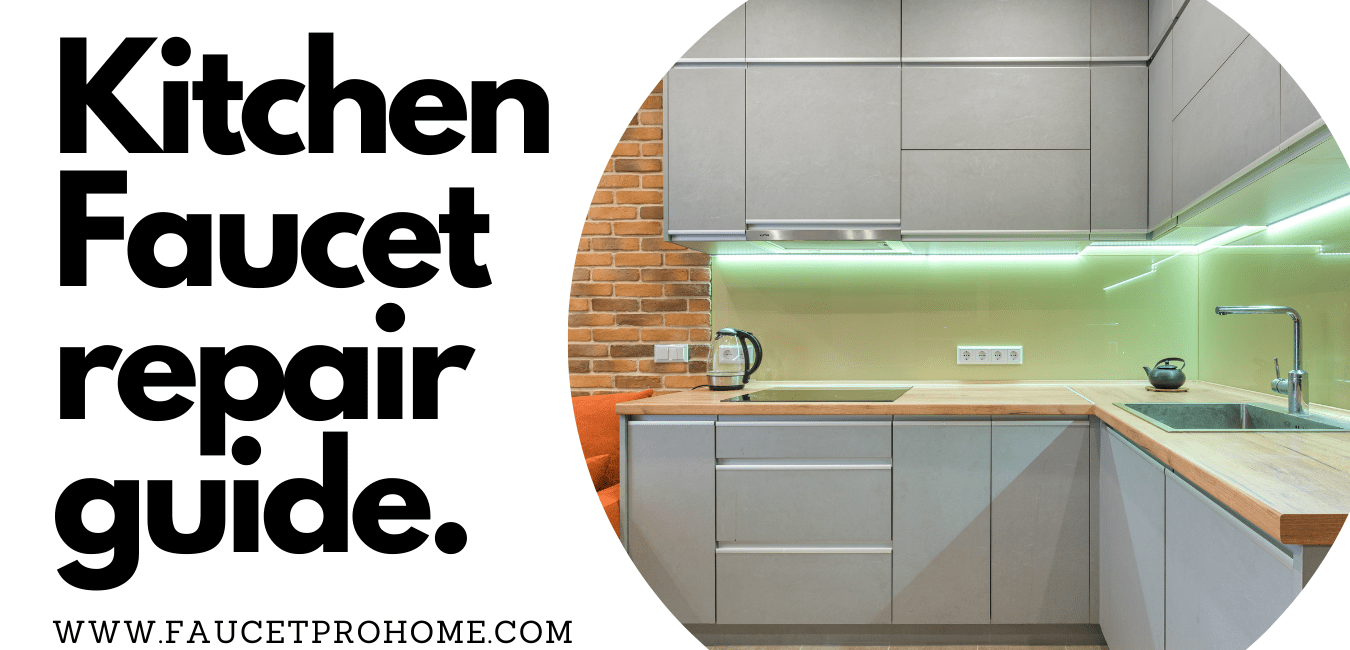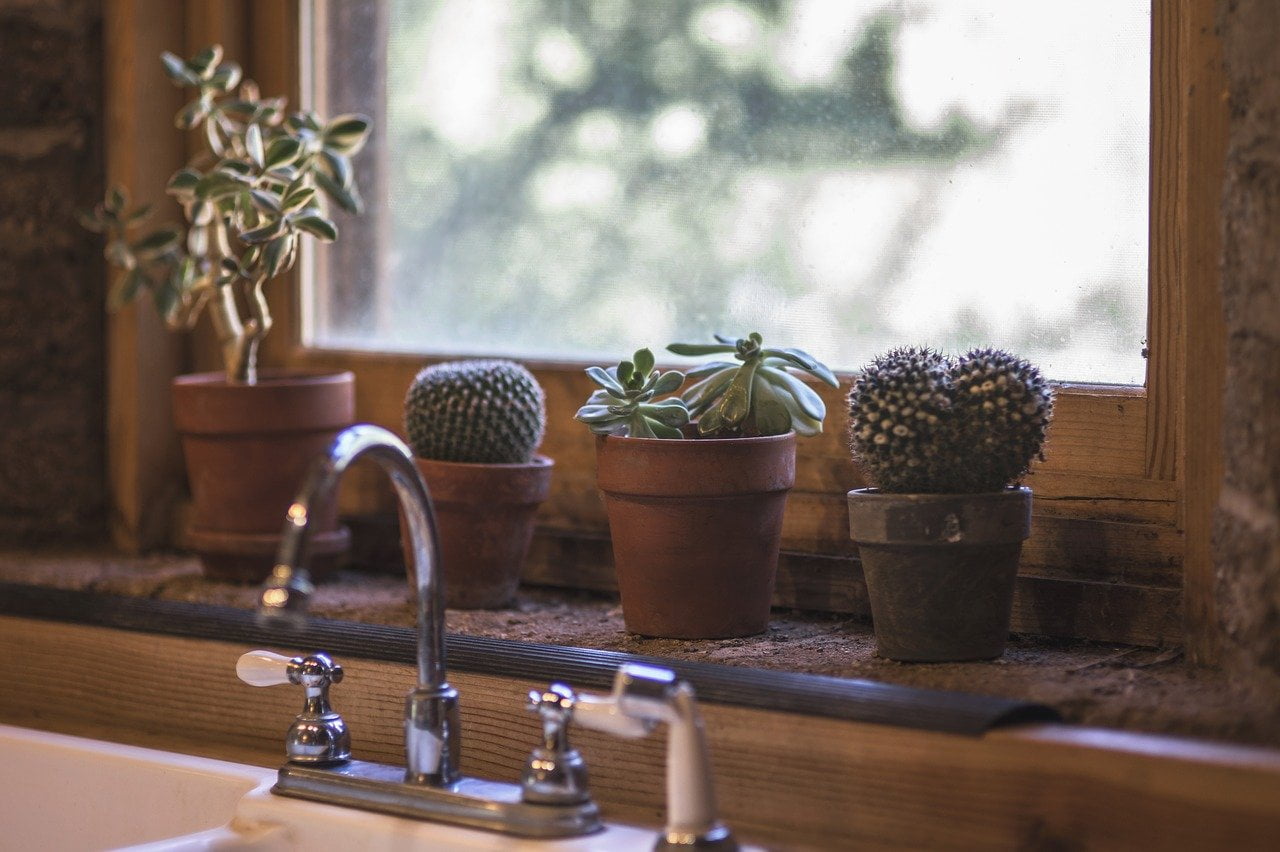
Best Kitchen Faucet Repair guide
Why do we need kitchen faucet repair guide? We’re all busy and don’t always have time to clean up the house. And while we’re cleaning, we might encounter a clogged drain, leaky faucet, or other kitchen sink issue. In addition, the high-pressure water and soap regularly can wear out the internal surfaces, eventually reducing its efficiency.
The quicker you detect a leak, the easier it is to repair, and preserving your faucet will prevent you from wasting water. Don’t worry — the kitchen sink repair guide is here to help! With this handy guide in your back pocket, you’ll never need to call a plumber again. Just follow the instructions, and you’ll be on your way to a clean and functioning kitchen sink and faucet in no time.
This article is a complete guide on how to maintain your kitchen faucet and kitchen faucet repair guide?. Read on to learn more about how to prevent leaks and extend the life of your faucet. learn more about how to repair outdoor faucets.
Tools and material needed to repair kitchen/bathroom faucets
- Faucet repair kit
- Hot/Cold Water diverter
- Flathead screwdriver
- Needle Nose pliers
- Packing grease
- slip-joint pliers
- Allen wrench
- Phillips-head screwdriver
- basin wrench
- an adjustable wrench
- a bucket or
- pan large enough to hold water
Kitchen faucet repair guide-step by step
Step 1: Turn off the water and remove the handle.
When repairing a kitchen faucet, the water must be turned off at the main valve.
The steps to repair a kitchen faucet will vary depending on its design and manufacturer, but some general guidelines can be followed.
First, turn off the water by turning the main valve from “on” to “off.” Next, disconnect the hot and cold water lines from the faucet.
STEP 2: Remove the packing nut from under the tap spout
Remove the packing nut from under the tap spout with an adjustable wrench or channel-type pliers. Finally, remove any screens or aerators for them to be cleaned. Replace any worn-out screens and aerators before reconnecting water lines back to the valves and turning on the water again. Use a wrench or pliers to unscrew or loosen them from their attachment points.
Step 3: Remove the Bonnet, and Ball and Cam Assembly:
A kitchen faucet repair is easy to do. You can find most of the information on YouTube and other online sources.
The equipment necessary for the job is slip-joint pliers, a screwdriver (flat head), and a tube of pipe joint compound or Teflon tape.
Use slip-joint pliers to remove the chrome bonnet. This will expose the ball and cam assembly at the end of your faucet’s spout. Remove this assembly by unscrewing it with a flat head screwdriver. Once that’s done, you can fix your leaky or broken faucet without replacing any parts!
Step 4: Remove the springs
Springs are the main components of a kitchen faucet. They help create water pressure to deliver water to the sink or kitchen fixture. Unfortunately, sometimes springs might become brittle and break due to the use, aging, or not being replaced periodically. The good news is that replacing them is very easy and can be done in minutes without expert advice.
The 4th step in repairing a kitchen faucet is removing the springs by using needlenose pliers. It’s important to remove all of the broken pieces of springs and packing. Otherwise, you risk it blocking up your faucet in no time. After removing all the old details, it’s time for some cleaning!
Step 5: Remove the O-Rings and Diverter from your kitchen faucet.
To remove the O-Rings, use a small screwdriver to push out the retaining clip on the O-Ring side and pull up on the O-Ring until it pops off.
Once they are off, the water should stop flowing out of the faucet.
Step 6: Place all the components in one place
While repairing the kitchen faucets, you have to unscrew every part of the faucet, so, during work, there is a good chance that you lost any important component. That is why it is good to place every element in a safe place near to you. This will help you to find features on time and safely.
Step 7: Attached is the spout- an important step.
When attaching the spout, you need to remember to turn off the water supply and drain out all the water from the faucet.
When attaching the spout, you need to remember to turn off the water supply and drain out all the water from the faucet.
The following steps should be followed:
-Shut off both handles at their respective valves.
-Turn on a nearby faucet so that you can flush away any remaining water in your pipes.
-Remove any screens or aerators from under your sink’s new spout.
-Remove some pipe sealant with a putty knife or scraper, then use a wrench or pliers to undo your old spout’s nut(s) and remove it.
Step 8: Finish the installation- Step by step guidance
1st: Replace Hose Connector
2nd: Replace Hose Clamp
3rd: Replace Hose Nut
– Disassemble The Body of The Faucet
– Replace O Ring









